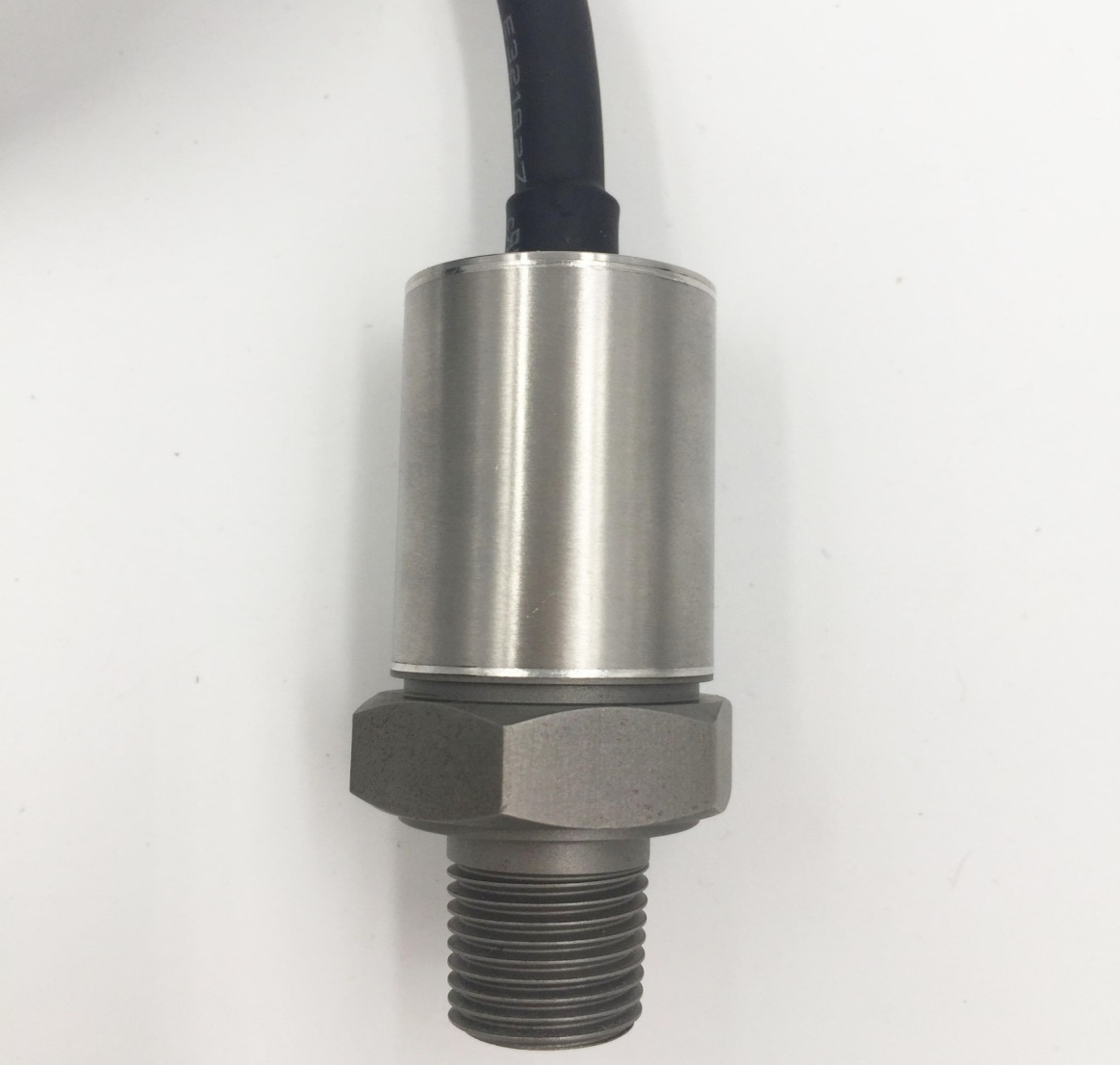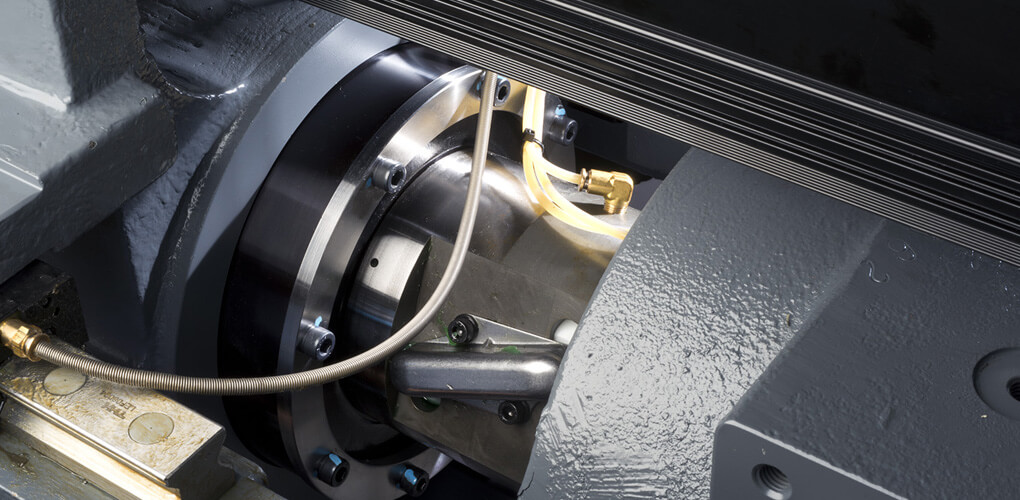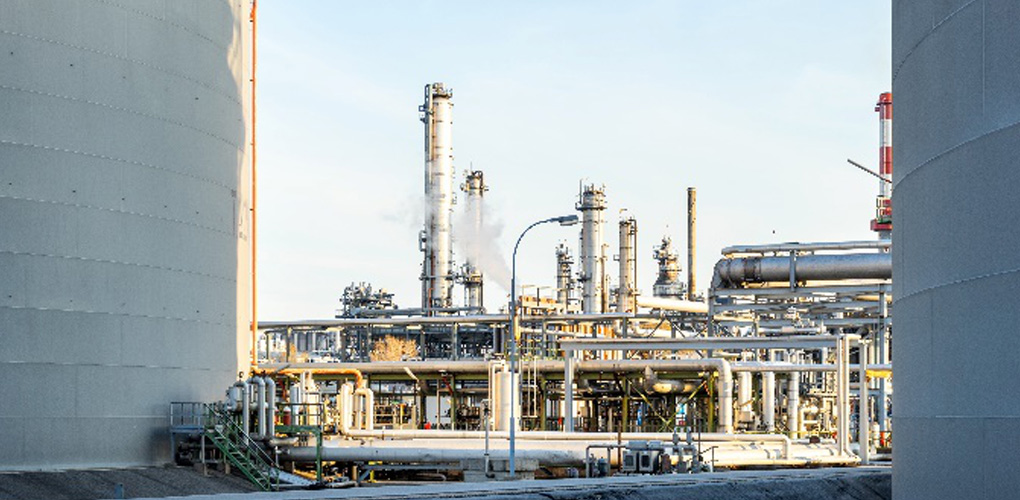A complete Guide on Water Pump Pressure Transmitter
There are several general rules for water pump pressure transmitter that must be followed during installation. To ensure that the pressure sensor has a long service life and remains accurate throughout its life.

Water pump pressure transmitter installation
The installation of the water pump pressure transmitter includes the process connection and connection to the signal line and power supply. Thus, after installation, you need to consider several requirements for operating conditions.
1. Rules for installing pressure transmitter on the line
The selection devices for installing pressure transmitter are best in straight sections, at the maximum possible distance from pumps, shut-off devices, elbows, and other elements of the line.
Moreover, when laying the supply and signal lines, make sure that no condensate gets into the sensor cable entry. Furthermore, it is important to use a shielding cable if the installation site is near the places. Where communication lines in water pump pressure transmitter with capacity of more than 0.5 kW lay.
Gas pressure measurement and water pump pressure transmitter
To measure the gas pressure, the sensor must be installed as close to the main line from above at an angle of 90 °. Furthermore, if this is not possible, then the connecting pipelines must have a one-sided slope (at least 1:10 or ~ 6 o) from the pressure take-off point up to the sensor.
If it is not possible to install sensor in the upper part of the line, then when installing from below, settling vessels should be installed at the lower points. In connecting pipelines to collect condensate. In addition, it must also have a one-sided slope to water pump pressure transmitter.
Recommendations for vapor pressure measurements
When measuring vapor pressure, it is important to use impulse pipes to reduce the temperature acting on the diaphragm. The impulse pipe must fill with water beforehand. This condition is relevant if the steam is heated above 125 ° C.

Fluid pressure; water pump pressure transmitter
A pressure sensor for measuring liquid is established from the bottom 90 about as close to the backbone.
If this is not possible, then the connecting pipelines must have a one-sided slope from the pressure take-off point down to sensor. Also, gas collectors in water pump pressure transmitter should install at highest points of the connecting pipelines for water pump pressure transmitter appropriate working.
Low pressure measurement; water pump pressure transmitter
Generally, the zero value of sensors for low pressures is significantly influenced by the angle of the sensor. Moreover, during production, the zero value of the pressure sensor output signal comes in the position with the electrical connector up.
If the sensor mounts on low pressure electrical connector 90 is not under up, indicate position in order, in which the sensor mounts. The factory calibration will then carries out in this position.
Moreover, check with the manufacturer of the pressure sensor for this information.
Connecting the pressure sensor to the process
When connecting, you do not need to screw the pump pressure transmitter into the housing. The connection of the sensor to the line carries out strictly for the allotted place provided by the manufacturer (hexagon, grooved ring, etc.). And, the installation does not use tow, fum tape.
If a seal is required, it usually supplies with a pressure transmitter. Do not install the pressure sensor in a closed volume that fills with liquid. Similarly, this can damage the membrane. If water hammer is likely to appear in the system, it is important to use a water hammer damper to protect the sensor membrane.
Recommendations for water pump pressure transmitter
For ease of operation and maintenance on water pump pressure transmitter, it is important to connect pressure transducers through taps or valve manifolds. Furthermore, this will ensure simple mounting and dismounting with isolation of the sensor from the measured medium.
Compliance with operating conditions
The temperature of the ambient and the measured medium, as well as the parameters of vibration and mechanical shock during operation, must not exceed the limit values established by the manufacturer of the pressure sensor.
How to deal effectively with negative temperatures
In the range of negative temperatures, it is necessary to exclude:
1) First, accumulation and freezing of condensate for gaseous media
2) Second, freezing, crystallization of the medium for liquids
To work with aggressive media, it is necessary to select a sensor (pump pressure transmitter) that uses materials that are resistant to such media. The measuring medium is in contact with the nipple, the diaphragm, and the seal of the pressure sensor
Role of contact sensors in modern automation systems
n modern automation systems for industry and housing and communal services, submersible contact sensors for the level of liquid media (water, oil, fuel, wastewater, etc.) are widely common. They are quite easy to install, highly reliable in operation, and can work stably in difficult conditions.
Beneficial applications of contact sensors
An additional advantage of hydrostatic level transmitters a relative low cost with good accuracy over for pump pressure transmitter. Over a wide measurement range. Therefore, their use as part of automation is an economically optimal solution for the following tasks:
- First, control of the pump operation, filling the reservoir with water or other liquid
- Second, control of the operation of the drying (pumping out excess liquid) pump
- Additionally, control of the water level in the well
- Besides, protection of the pump motor against dry running
- Lastly, control of maintaining the required pressure in the cold and hot water supply system.
Water pump pressure transmitter
- First, increased accuracy and stability of measurements
- Second, wide ranges of measurements are main advantage of water pump pressure transmitter
- Additionally, it can work in several ranges (switched via a portable programmer)
- Moreover, it simplifies the process of calibration and maintenance of the sensor
- Furthermore, there is a built-in self-diagnosis, which prevents emergencies
- Apart from this, stable operation in a wider temperature range
- Finally, smaller dimensions and weight












